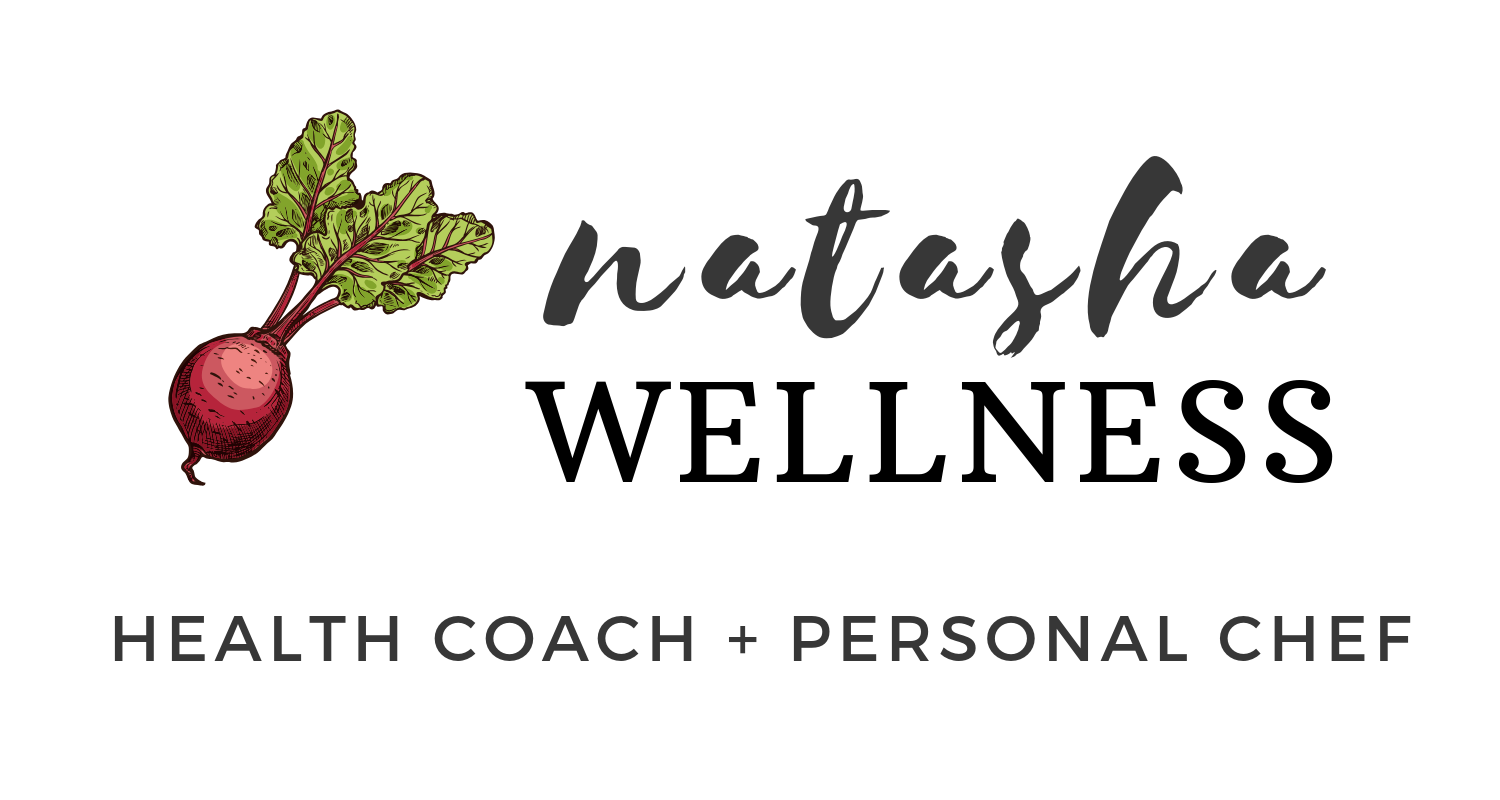I became curious about sprouting while enrolled in my 10-week Ayurvedic-based habit change program. (I'll be announcing my pilot program for 50% off the normal rate soon - make sure you sign up for my newsletter so you don't miss it!) One of the habits is Plant Based Diet (PBD) which involves a deeper look at the plants we eat. I already do my best to eat local and organic. My go-to grocery stores are Whole Foods & Trader Joes. I'm lucky enough to live within walking distance of both, and each store carries their own unique options. Lately, I've been making more of an effort to get to know my local plant species. Now, I spend more time at the Boston Public Market, Boston Growers in Coolidge Corner, and various other farmers markets near my home in Cambridge. I also recently signed up for Boston Organics - a super customizable no commitment CSA-type of program. Check it out if you're in the area!
Ok let's chat SPROUTS. I used to purchase sprouts at Whole Foods until I found out how simple and affordable it is to grow them at home. I'm talking $5 vs. $.25... pretty big difference right? The best part is that it's so easy! Indoor gardening may sound intimidating ...it totally did to me. Let's just say, I'm not the BEST at keeping plants alive. But sprouting is a game-changer. My favorite part about this sprouting recipe is that it requires no soil - the key to why it's so simple. Honestly, the hardest part about sprouting is remembering to rinse your seeds twice a day.
Sprouts are the quintessential nutritional powerhouse. Think of a plant as a human being. A seed as an embryo, a sprout as a feisty and energetic toddler, a full grown plant as a strong and grounded adult. When we eat unsprouted seeds we are eating locked up potential. If sprouts are comparable to an energetic toddler, can you imagine about how much more energy sprouted seeds can provide? Imagine absorbing all that energy. When you eat sprouts you are literally eating potential, energy, and fresh perspective. Don't get me wrong, seeds and nuts are still good for you, and fully grown plants have their place in our diet as well. It's just that sprouting seeds cracks open their potential making their nutrients more digestible and bio-available to your body. (To sprout nuts all you have to do is soak them overnight in a bowl of water and rinse them in the morning. They won't grow a tail but you'll notice they become more plump and soft. Eat them right away or dehydrate and freeze them for snacking. If you get bellyaches from eating nuts this is a game changer).
Eating sprouts will...
improve your digestion, boost metabolism, increase enzymatic activity throughout the body, help with weight loss, lower cholesterol, prevent anemia, boost skin health, improve vision, support the immune system, increase energy reserves, reduce blood pressure, and prevent neural tube defects in infants.
The most common sprouts are alfalfa. You'll typically find those in grocery stores but you can really sprout any seed! Just make sure you are buying "sprouting seeds". I get mine at Cambridge Naturals. Try out a few different seed varieties and see what you vibe most with!
Sprouts contain:
- Vitamin C, A, K, B6
- Fiber
- Manganese
- Riboflavin
- Copper
- Protein
- Thiamin and Niacin
- Panthothenic acid
- Iron
- Magnesium
- Phosphorus
- Potassium
- Calcium
How to make your own Sprouts
Kitchen Tools & Ingredients:
32 oz Mason Jar
Sprouting Lid, cheesecloth or a Mason Jar lid with holes poked in it
Sprouting Seeds like Alfalfa, Red Clover, Broccoli (purchase at local herb market or Amazon)
Directions
1. Soak 1 tablespoon of sprouting seeds in water for 10 minutes.
2. Strain seeds through the sprouting lid, cheesecloth or holey lid.
3. Put seeds into jar with a cup or two (doesn't have to be accurate) of cool water. Let sit for 8 hours.
4. Drain the jar, shake the jar to spread the seeds around the inside of the jar (you do not want the seeds covering the drain holes), and place lid-side down in a bowl on a slant so the water can continue to drain.
5. Rinse and swirl seeds in the jar 2-3 times a day, placing it back in the bowl at an angle. Do this for 4 days.
6. After 4 days, place the sprouts by the window in indirect sunlight to help them green up and develop chlorophyll. Do your rinsing routine keeping them by the window for 2 more days.
7. Once you see green tails and a little tiny leaf, you will know your sprouts are ready! Empty your cute little sprouts in a large bowl of cool water and use your fingers to loosen up the sprouts. Use a mini strainer or spoon to remove the seeds that floated to the top.
8. Spread 2 layers of paper towel on a baking sheet and lay your sprouts out to dry (you can use a salad spinner if you have one) for a few hours. Timing will vary on your indoor climate.
9. To store, first make sure your sprouts are dry (or they will rot). Line a tupperware container with a paper towel and pack in your sprouts. You can pack them in tightly, this will not affect their quality.
My favorite ways to enjoy raw sprouts (cooking sprouts negates their nutritional value):
- Avocado Toast
- Salads
- Warm Grain Bowls
- Sandwiches
What's your favorite way to eat sprouts? Leave me a comment below!




